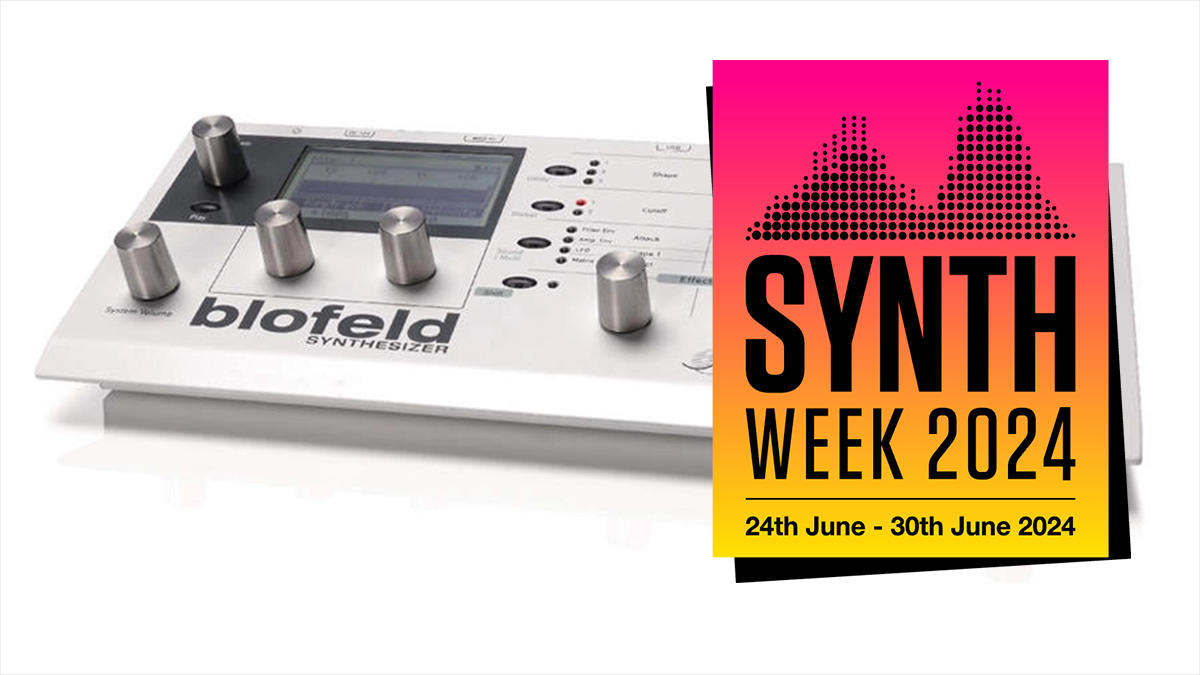
SYNTH WEEK 2024: The hardware synthesizer market is one of the most exciting in music production, with incredible flagship models constantly being released, full to the brim with the latest technology, and making waves with producers and sound designers the world over.
However, not all synth releases make as big an impact as maybe they deserve to, so to celebrate Synth Week 2024, we've gathered some of the most underrated synths on the market today for a reappraisal.
Our only rule in this under-the-radar synth round-up is that you can still buy the keyboards new – or else we'll be here all day judging synths going right back to the 1970s. But even that rule doesn't exclude some pretty old models because, believe it or not, some of the underrated beauties that we have included here were first released well over a decade ago!
So without further ado, here are six (seven really) of the best hardware synths still on the market today that perhaps haven't quite got the recognition they deserve…
Roland JD-Xi
Incredibly, the Roland JDXi came out in 2015, so close to a decade later it must still be shifting numbers for Roland, or else it wouldn’t still be selling new for around £499 / $599.
However, look on most 'top hardware synth' lists and you won’t find mention of the JD-Xi, and it is often now sidelined as a cheap, lightweight synth alternative. Which is a shame because while it truly is one of the most lightweight synths you can pick up – we reckon two fingers might just do it – it packs a much heavier sound than its physical weight suggests.
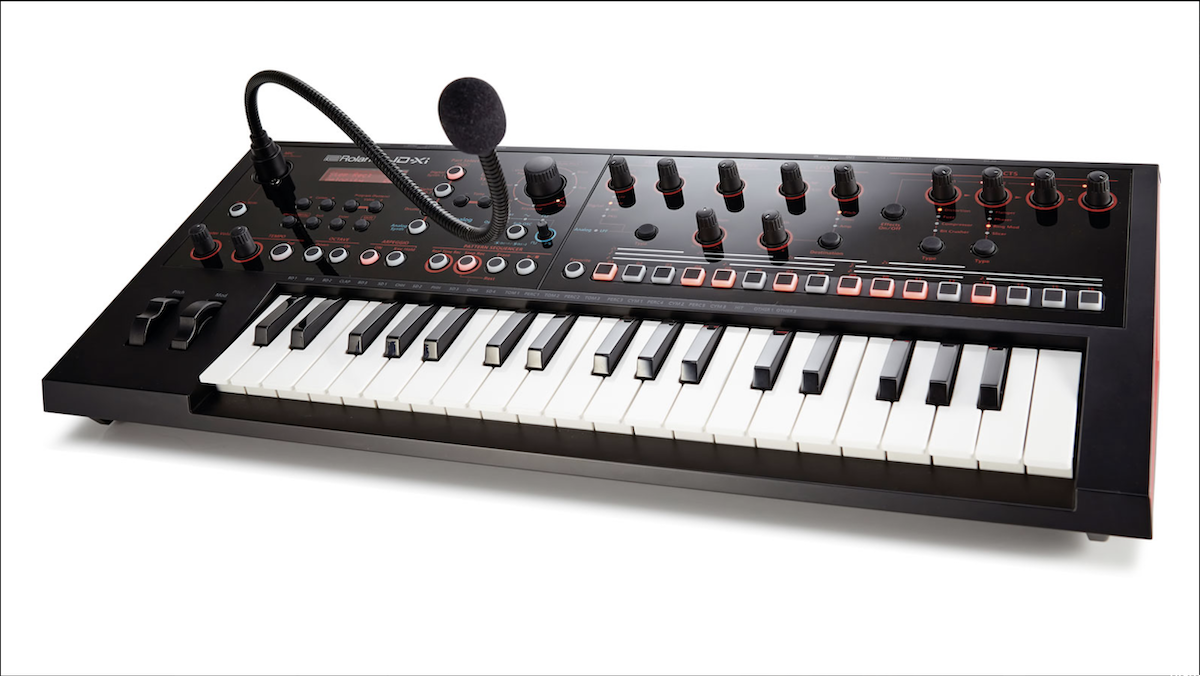
That’s because the ace up the JD-Xi’s sleeve is its hybrid digital/analogue architecture. The synth goes from one extreme to another with an analogue monosynth engine that combines with a digital synth engine offering a massive 128 notes of polyphony.
This means the JD-Xi is capable of both Roland's famous SuperNATURAL tones – everything from real instruments to atmospheric digital synth textures – and fat analogue basses and leads.
You even get patterns, effects and beats built in, and a gooseneck mic lets you vocode to as daft a punky level as you like. Light in price, but big in sound, then, so never judge a synth by its weight.
Check out our original review here. More from Roland's website here.
Behringer Neutron
Behringer is often – ok, very often – criticised for cloning everyone else’s synths, and whether you agree with that sentiment or not, one of the side-effects of this is that people forget that it has has made the odd good original synth in its time.
In fact, Behringer owner,Uli Behringer built his first ever synth at the tender age of just 16 in 1977. Called the UB-1 – well, why not? – it certainly didn’t look like it was cloning anything else on the market at the time.
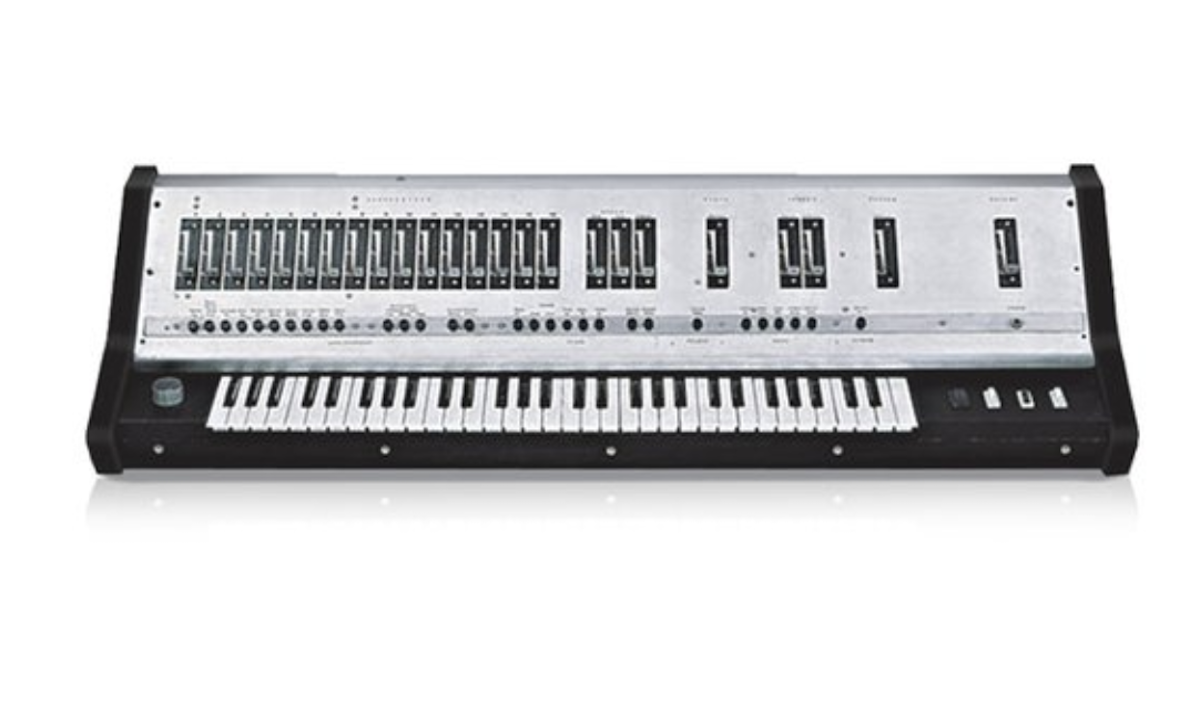
However, UB-1 isn't the only original Behringer synth. Yes, most of the company’s current synths do borrow features and workflows from classic synths to a greater or lesser extent. Some models in the range are more like the original synths (the Model D versus the Moog Minimoog, for example) than others (Deepmind is 'inspired' by the Juno-106), but Behringer's Neutron is an original semi-modular synth and all the better for it.
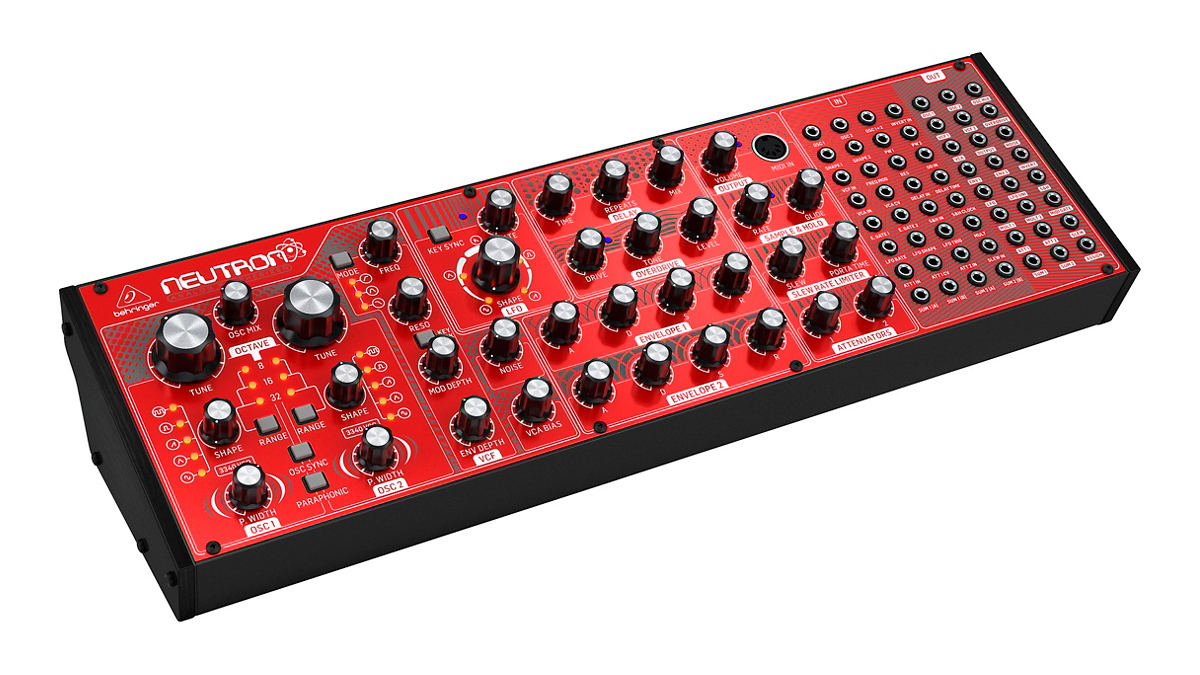
Neutron has two oscillators, each with five waveshapes, plus a Tone Mod feature for richer harmonics - and you can also add your own audio input source into the mix. But it’s the patchbay that opens the synth up to all sorts of routing possibilities, giving it a much more flexible setup and sound than the price promises.
That price has crept up – currently around €$£319 – but to our (not so deep) mind, it’s still a great buy.
You can read our original review here. More from Behringer here.
Clavia Nord Lead A1
This is another synth that has been with us for a decade, another that continues to sell, and also another that scored great reviews when it came out. But the Nord Lead A1 still gets included because it seems to be overshadowed not only by many other hardware synths, but even by other Nords in its own stable.
It is true that analogue modelling synths like those from Nord have been deemed less fashionable in recent years, simply because there are so many true analogue synths for sale now, and often for less cash. But the A1 has perhaps also suffered in 'respect' levels because it was touted as a simple Nord to program – like the rest of the range was particularly difficult to grasp.
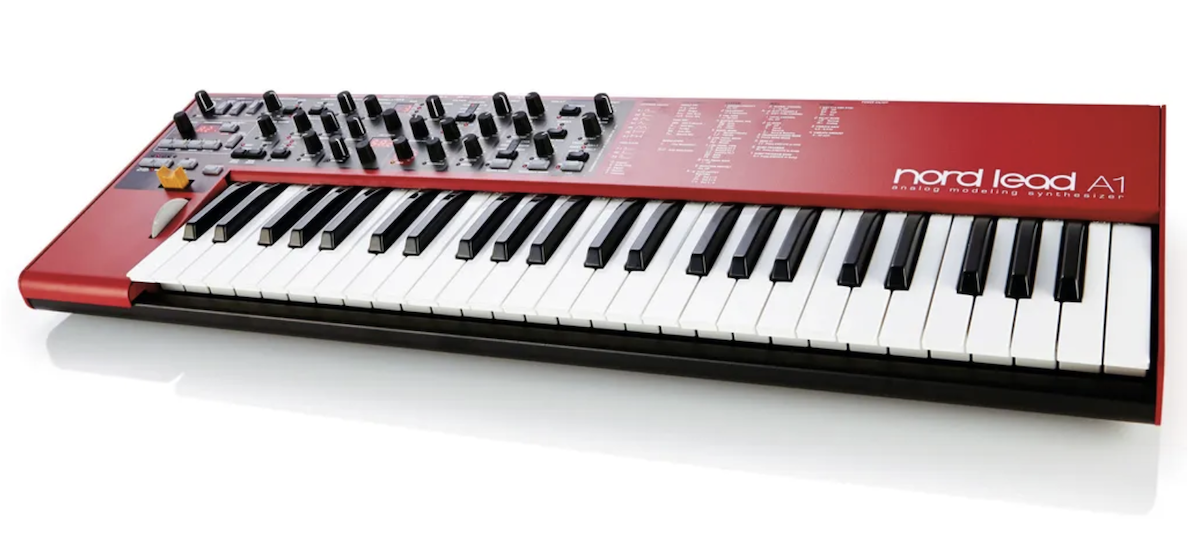
However, A1 is not only easy to program but has some wonderful features to keep you tweaking. Chief of these is an oscillator configuration option that lets you switch between fairly complex oscillators setups, and also an option that becomes a programming feature in itself, letting you create melody lines or variations of exiting presets with absolute ease.
The A1 isn't cheap – around £1,299/$1,399 – but does offer enough interest and lovely creative angles that you don't find elsewhere, and with Clavia's superb sound quality shining through at every step, it is still a great buy.
Read the original review here. More from Nord here.
Korg Opsix
Yes, like other synths here, Opsix wasn't exactly underrated on release, and Korg recently announced a Mk2 update, so it must be selling reasonably well. It's just… well, you never hear people shouting from the rooftops about it. That's probably because what Opsix does really well is make FM synthesis easy.
What's that? You didn't really want easy FM synthesis? Yes, that could be the reason the Opsix isn't at the top of the hardware synth tree: people don't realise that they want FM, and especially easy FM.
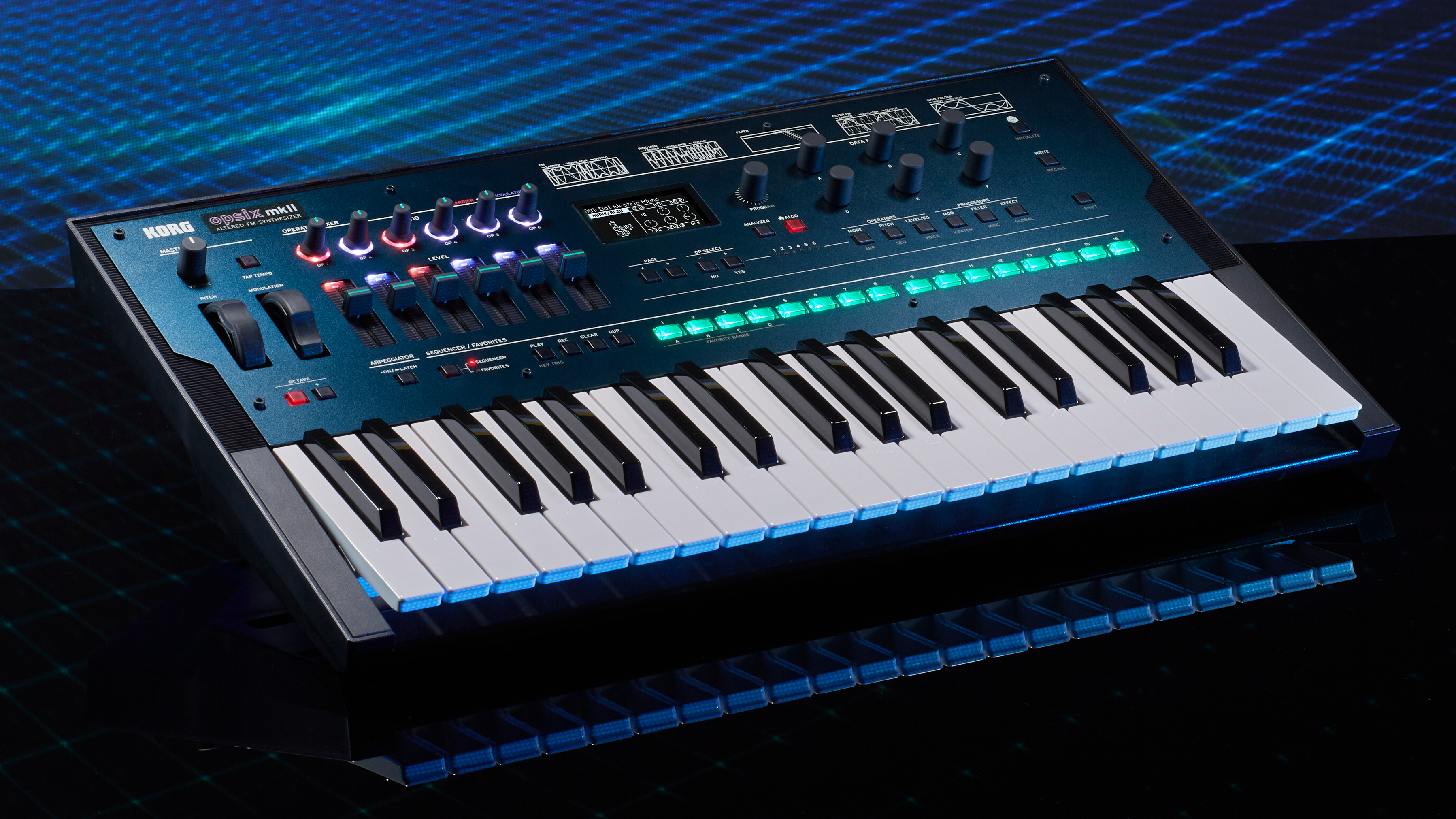
The Yamaha DX7 was the first popular FM synth, but no-one programmed it, preferring to use its presets instead. Consequently, FM has become the byword (the byletters? the byinitialisation?) for those presets. You want FM? You want 'decent pianos and nice bell sounds' then, right?
But the truth is that FM does a heck of a lot more than those twinkly sounds, which Opsix proves by putting many FM parameters on sliders so you can alter the sounds in real time. So just like when you impress your mates with the Frequency dial on your VA synth, so now you can alter your operators in real time, too. (Trust us, the results are a lot better than that sounds.)
The original Opsix was a great buy, then, and the new $699/£699 Mk 2 version – essentially the Mk 1 with extra polyphony – promises to be just as good, if not better.
Read our Mk1 review here. More from Korg here.
Waldorf Blofeld
Now you might think some of the synths in this roundup are old – but, we stress, still available – but none are as old as the Blofeld. This is a synth that we first reviewed back in 2008 when we wore short trousers, yet you can still buy this brand new in either white or black (Shadow) editions.
However, despite its cheap price – or maybe even because of it as people might simply have thought it rubbish because it was so cheap when the opposite was true – and its cool name, the only 'best of' list that Blofeld seems to top is that of underrated synth. Incredibly for such a compact and cheap (although pricier now than on release) synth, it features both VA and wavetable synthesis, over 1,000 programs and 16 parts of multitimbrality.
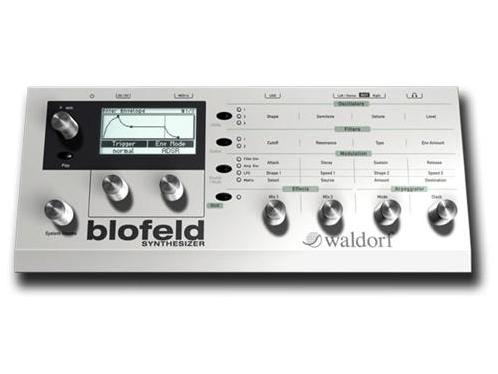
The synth even has some of the wavetables from its legendary Waldorf stablemates, and combine these with so many other features you wouldn't expect from a box of this size (including 11 filter types and effects), and it's still a pretty stunning synth for the cash.
Here's our (very old) original review. There's more from Waldorf here.
The Yamaha Reface range
We could quite easily have included Yamaha's top end Montage synths in this roundup as they are often underrated simply because they do so much. Conversely, the company's Reface series has been cited as doing too little, but the truth is less harsh than that: each of the four models in the range is designed to focus on a specific sound.
So you get the Reface YC organ, CP piano, CS analogue synth and DX digital synth. Of these the YC is a bit 'too organ' for this roundup, and the CP, while our favourite, a bit 'too electric piano'.
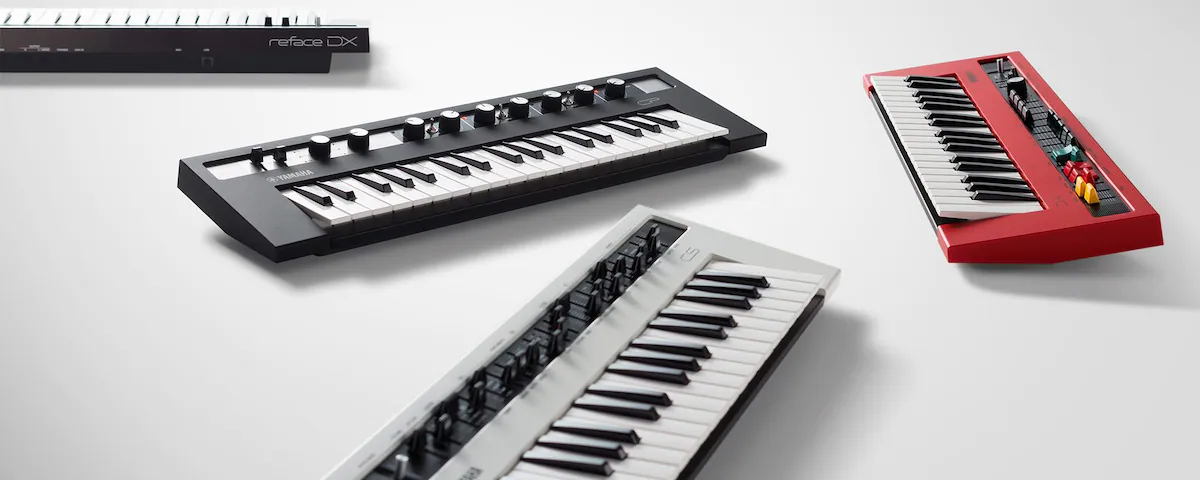
Which leaves both the CS, a synth capable of monstrously lush analogue style sounds, and the DX, capable of some big FM sounds that definitely aren't all 'decent pianos and nice bell sounds'.
One of the big criticisms of these at their launch – again nearly a decade ago in 2015 – was their price, but if you can pick them up for £299 / $299 a pop (which is possible using the magic word 'Google') then they are still a very decent buy.
Check out our overall review here, and get more from Yamaha here.
- Read more synth stories and features: at Synth Week 2024 here!







